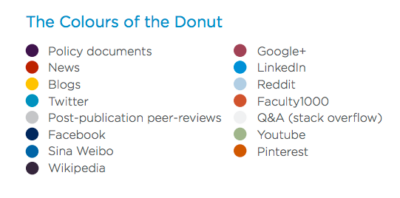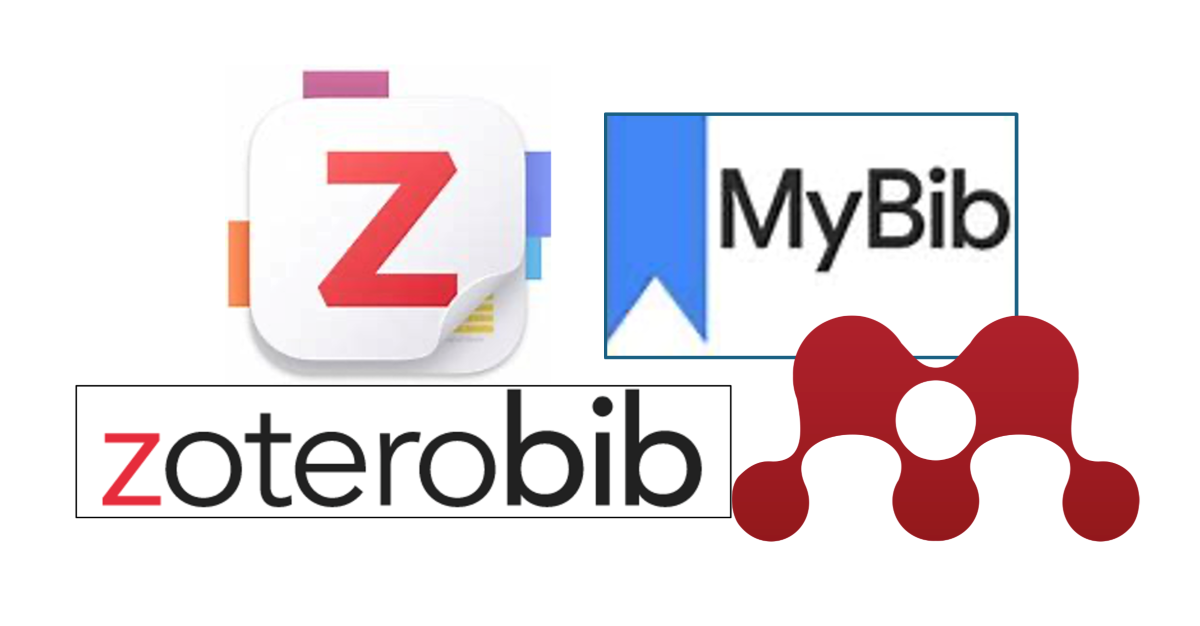Measuring the impact of your work
02/03/2017

Many of you will have heard the term Altmetrics – but what exactly do they measure? Unlike traditional metrics (e.g. Incites – JCR) which count the number of citations a journal receives, Altmetrics measures attention garnered by both traditional and new data sources. This includes mentions in news reports, blogs, academic social networks, social media, and reference software.
Publishers and institutions now often provide download and Altmetric counts – as can be seen by clicking on the links in the examples below. The first example displays monthly downloads of an article written by our own Dr Debra Carr. The other example shows the highest ranked article from Altmetrics Top 100 for 2016, written by a certain Barack Obama.
- Defining combat helmet coverage for protection against explosively propelled fragments – Online download statistics by month: http://jramc.bmj.com/content/161/1/9.altmetrics
- Almetric top 100 articles 2016: https://www.altmetric.com/top100/2016/
As with traditional metrics, controversy surrounds Altmetrics with claims of gaming (for example through ceaseless online self-promotion) and questions of legitimacy (does someone ‘sharing’ your work demonstrates a true measure of quality?). Altmetrics do not represent the quality of either the research or the researcher. They should be used in context with other metrics to provide a picture of the reach and influence of your work. Altmetrics help showcase if your research has been discussed by experts in your field, or if your data is referenced in a public policy.
Almetrics can also identify the platforms where research in your field gains the most attention. The places where your research will reach the most relevant audience.


Image credit: Altmetric donut and attention score, the colours of the donut (Accessed: 23 January 2017) Images ©Altmetric LLP
The Altmetric attention score is automatically calculated by a weighted algorithm to reflect the overall reach and level of engagement. It is based on three main factors:
- The volume of the mentions (how many were there?)
- The source of the mentions (were they high-profile news stories, re-tweets, or perhaps a Wikipedia reference?)
- The author of the mentions (was it the journal publisher, or an influential academic?)
In order to limit gaming, social media posts are scored per user. So if the same user tweets about the same research multiple times, only the first tweet will count.
Below are a few links providing further information and guidance on Altmetrics. If you have any questions, your Library Information Specialist will be happy to help.
Still in doubt about the impact of online sources? Take a look at Internet Live Stats to see the level of engagement with online platforms: http://www.internetlivestats.com/
Further reading:
- A Comprehensive Assessment of Impact with Article-Level Metrics (ALMs): https://www.plos.org/article-level-metrics
- Altmetric for Researchers: https://www.altmetric.com/audience/researchers/
- Numbers behind Numbers: The Altmetric Attention Score and Sources Explained: https://www.altmetric.com/blog/scoreanddonut/
- What are Altmetrics: https://www.altmetric.com/about-altmetrics/what-are-altmetrics/
- What are Article-Level Metrics: http://sparcopen.org/our-work/article-level-metrics/
Examples of Altmetric counts:
- Nature: http://www.nature.com/nature/journal/v482/n7383/482027a/metrics
- SAGE: https://sage.altmetric.com/details/7206547
- Scopus: https://www.scopus.com/record/pubmetrics.uri?eid=2-s2.0-84905270366&origin=recordpage
- SpringerLink: https://springerlink.altmetric.com/details/8385513
Public domain image from unsplash.com.
Categories & Tags:
Leave a comment on this post:
You might also like…
A beginner’s guide to sourcing a company beta
Beta is the measurement of a company’s common stock price volatility relative to the market. If you’re trying to find a current beta for a company there are a number of places to look. These ...
Credibility, confidence and collaborative focus: The impact of studying for a sustainability apprenticeship at Cranfield
For participants on Cranfield’s Sustainability Business Specialist Apprenticeship, it doesn’t take long for their studies to start to have an impact, with that impact ranging from personal growth and career progression, to organisational effect ...
Meet Mendeley: a powerful referencing tool that does the hard work for you!
Are you looking for a way to manage your references, create in-text citations and reference lists for your assignments or thesis? If so, you may wish to consider using Mendeley. What is it? Mendeley is ...
Adding documents to your Mendeley account
To make the most of a Mendeley account, it is useful to create and maintain a ‘Library’ of references. You can add references and documents to this Library in a number of ways: 1) Drag ...
Choosing the right reference management tool for you…
Are you thinking about using reference management software to help you manage your references? The Library is here to help you. While Mendeley has been our go-to reference management software for some years, we've recently ...
Cranfield Seed Fund recipient, Cosysense, are using AI to solve air conditioning problems and provide a net zero alternative
If you’ve ever worked in an office environment you’ve probably been involved in, or overheard, a conversation about the air conditioning. Well, it’s no surprise it’s a common complaint when research shows that up ...






